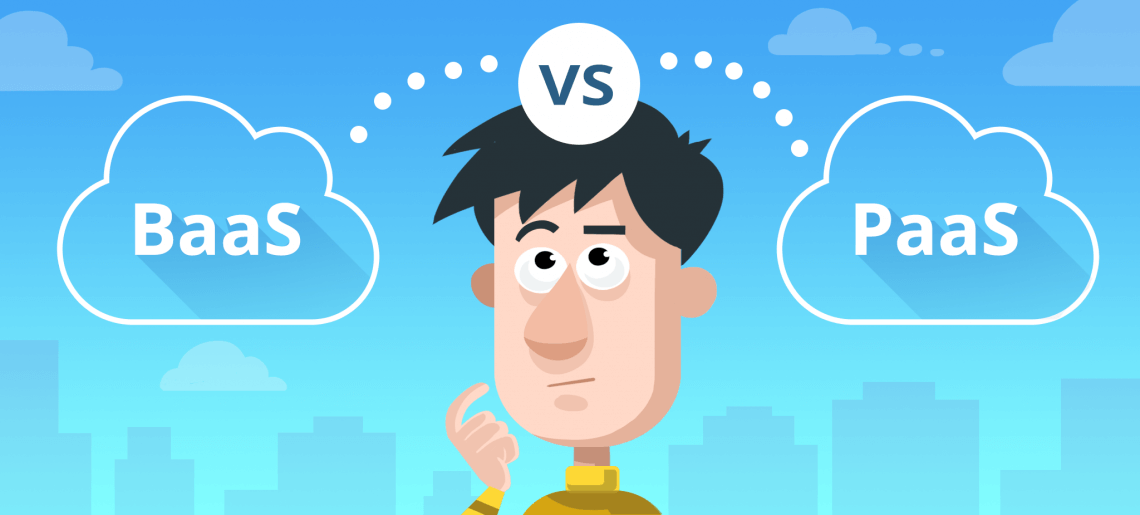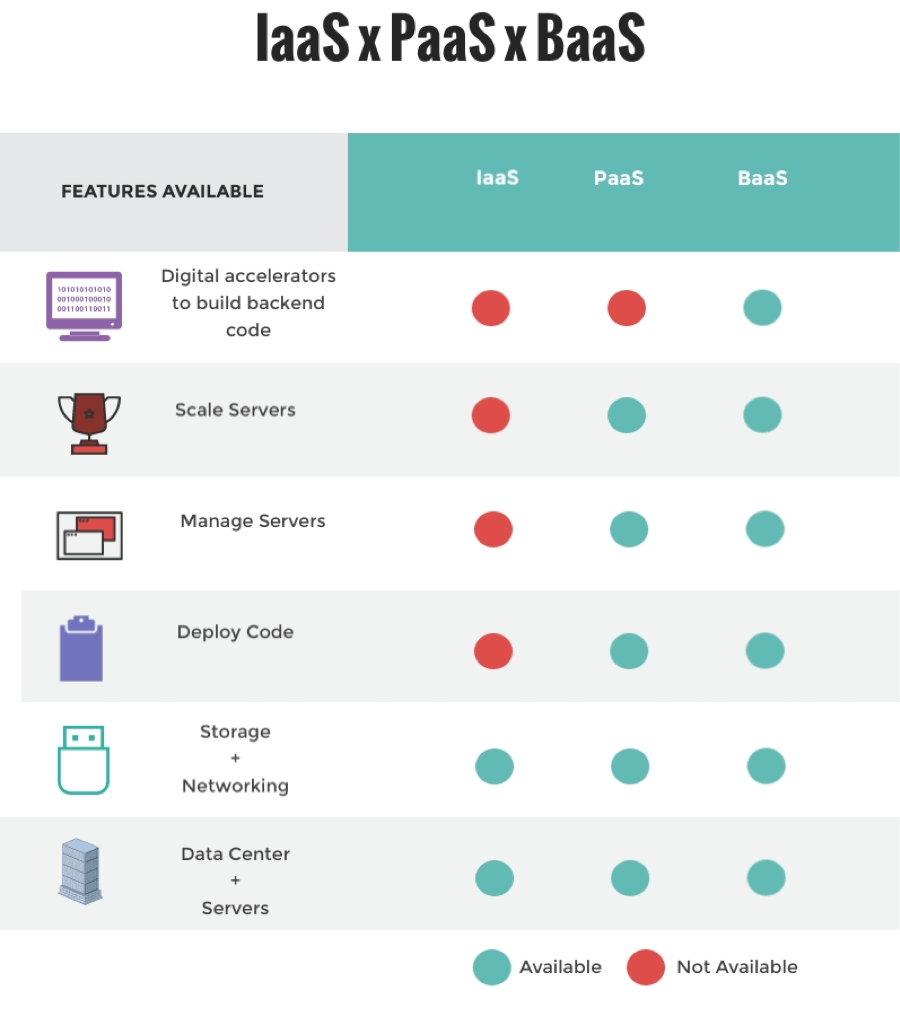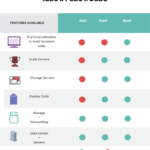PaaS vs BaaS | What are the differences?

The best approach to creating an app is to write quality code that translates into a feature-rich, user-friendly app. However, to achieve this goal, the developer must select the right cloud service that compliments the app. For instance, developers need to store, streamline, access, and access the data created through user activities.
Therefore, cloud computing services are essential to the success of your app, whether you are developing for Android, iOS, or the Web. The cloud services go a long way to determine the way your app functions, manages data transactions and handles scalability when the need arises. That is why the cloud infrastructure that you select would determine the ultimate performance and accessibility of your app.
Presently, the two main types of infrastructure services are Backend as a Service (BaaS) and Platform as a Service (PaaS). Developers around the world have different opinions regarding BaaS vs. PaaS, which has led to heated debates. However, each of the two platforms has unique features that are beneficial for app development. This article takes a brief overview of BaaS vs. PaaS so you can make an informed decision when choosing a platform for your app development.
Contents
What is a PaaS?
Platform as a service is a cloud computing model that provides both hardware infrastructure and software resources for developers. In essence, the PaaS company offers all the resources required to develop an app over the cloud. Since the PaaS provider gives access to both infrastructure and software on the cloud, the developer does not have to install any software or hardware offline. Most providers offer additional valuable resources such as middleware, runtime, computing tools, testing and compiling tools, version management, editing tools, and much more.
The developer can install applications and store data after accessing the PaaS platform. In essence, the developer does not have to acquire or maintain a server infrastructure.
In Summary
- PaaS leases infrastructure such as virtualized servers for app development, design, testing, and hosting.
- PaaS is useful for creating both web and mobile applications.
- PaaS providers may provide service, solution stack, or integrated solution, depending on the provider.
The Advantages of PaaS
- PaaS makes app development less stressful by providing resources such as codes, libraries, tools, and templates.
- Developers using pass do not have to create their app from scratch, making the procedure faster and less expensive.
- Coding assignment is reduced since PaaS providers offer pre-built development components.
- The availability of reusable codes enhances the scalability of products and services.
What is BaaS?
Backend as a Service is also called Mobile Backend as a Service (MBaaS) gives developers access to cloud infrastructure and performs backend tasks automation. It also provides other valuables, such as APIs. Backend Storage, and several ready-made codes for completing backend assignments such as push notifications, authentication, data management, notifications, and much more. With a BaaS, the developer can focus on creating excellent frontend features while the backend service provider maintains the backend and server infrastructure. All these features enable developers to develop apps faster than before. BaaS also ensures that the hosted app scales without hassles.
In summary:
- BaaS allows companies to save money that would have been used to hire a backend developer.
- The time to the market becomes faster than ever.
- There is no need to invest heavily in acquiring or managing infrastructure.
The Benefits of BaaS
- The BaaS provides a standard coding environment that makes development tasks easier and faster.
- Access to ready-made features such as search authentication, data storage, and lots more.
- Ready to use security features and automated backups.
- Clone apps without hassles.
- BaaS is an excellent choice for running standalone mobile apps.
Differences between PaaS and BaaS
The offering of PaaS and BaaS are quite similar because they both offer infrastructure for development, testing, and running apps. That is why the acronyms PaaS and BaaS are often used interchangeably. However, the service model, features, and functions of the two are different.
Below is a summary of the key differences.

The table below outlines the primary differences between PaaS and BaaS. So, the developer should consider the application development and management requirements before deciding to use a PaaS or BaaS provider.
| PaaS – Platform as a Service | BaaS – Backend as a service |
| It is an excellent choice for creating testing and running of web and mobile apps. | It is often used for development, testing, and running pf mobile apps. |
| The PaaS provider hands the configuration and maintenance of server infrastructure. | The main goal is to make the tasks of performing and managing app backend easier. |
| Most platforms have features for automated deployment, content distribution networks, and load-balancing. | Most BaaS platforms provide database management, a serverless environment, and other backend functions. |
| PaaS companies do not provide frontend code, database management, and business logic | Do not give clients the flexibility of having server-level access the way PaaS providers do. |
| Manages application runtime and execution. | Manages application runtime and execution. |
| Developers using PaaS build their client/app applications independently. | Developers build their apps using backend features provided by the BaaS company. |
Conclusion
BaaS and PaaS are two of the most widely-used cloud computing and storage models for software development. They are similar in nature and the key difference are the backend code abstraction levels and flexibility each platform provides. PaaS platforms are usually more flexible in comparison to a BaaS. On the other hand, a BaaS platform will deliver out of the box backend code that will speed up the development process.
General FAQ
What is a PaaS?
PaaS stands for Platform as a Service. It is a cloud computing model that provides both hardware infrastructure and software resources for developers. In essence, the PaaS company offers all the resources required to develop an app over the cloud.
What is a BaaS?
BaaS stands for Backend as a Service. Provides developers access to cloud infrastructure and performs backend tasks automation. It also provides other valuables, such as APIs. Backend Storage, and several ready-made codes for completing backend assignments such as push notifications, authentication, data management, notifications, and much more.




